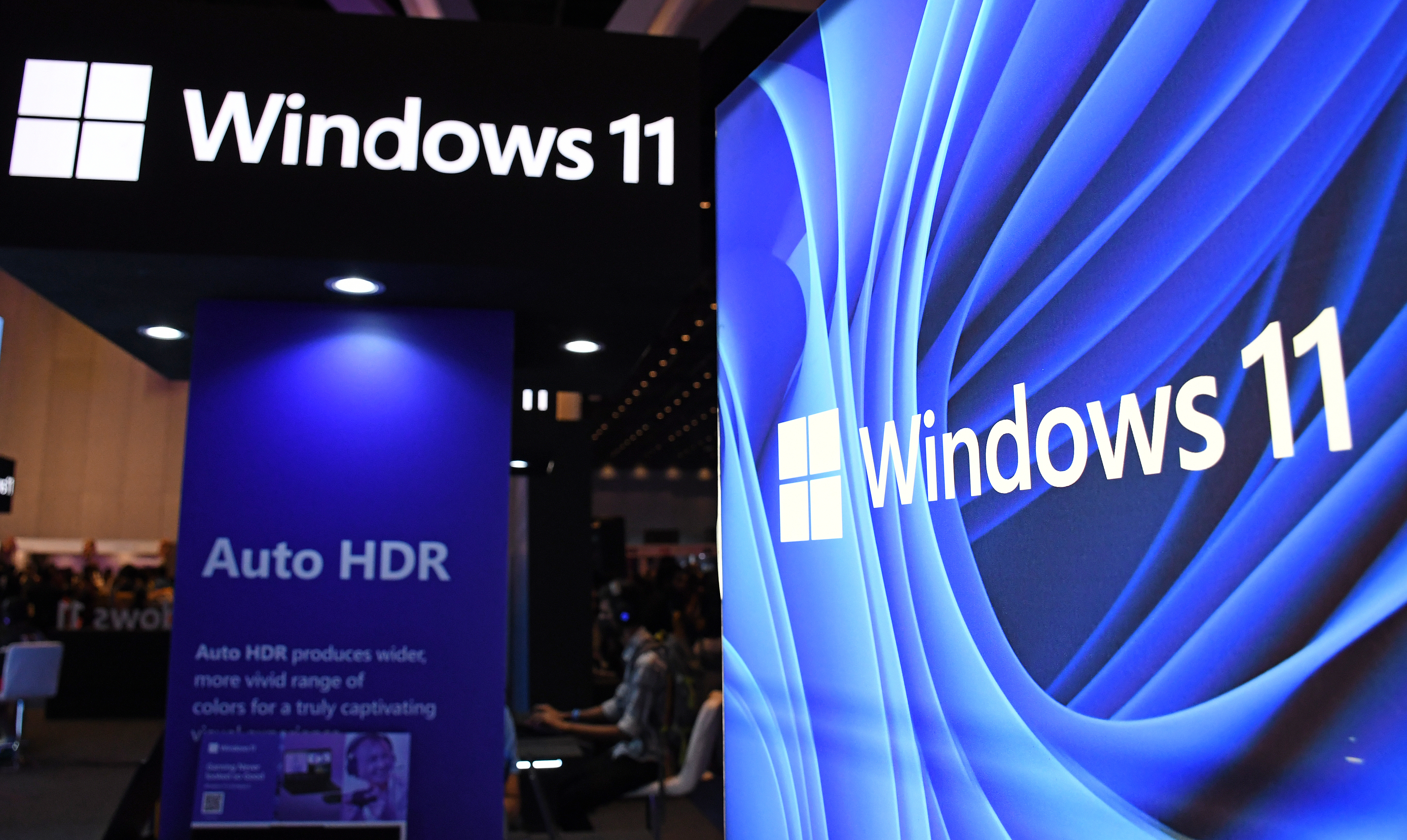Microsoft eyes improved printer security in sweeping update
Windows Protected Print Mode removes the need for third-party drivers and introduces a number of security enhancements
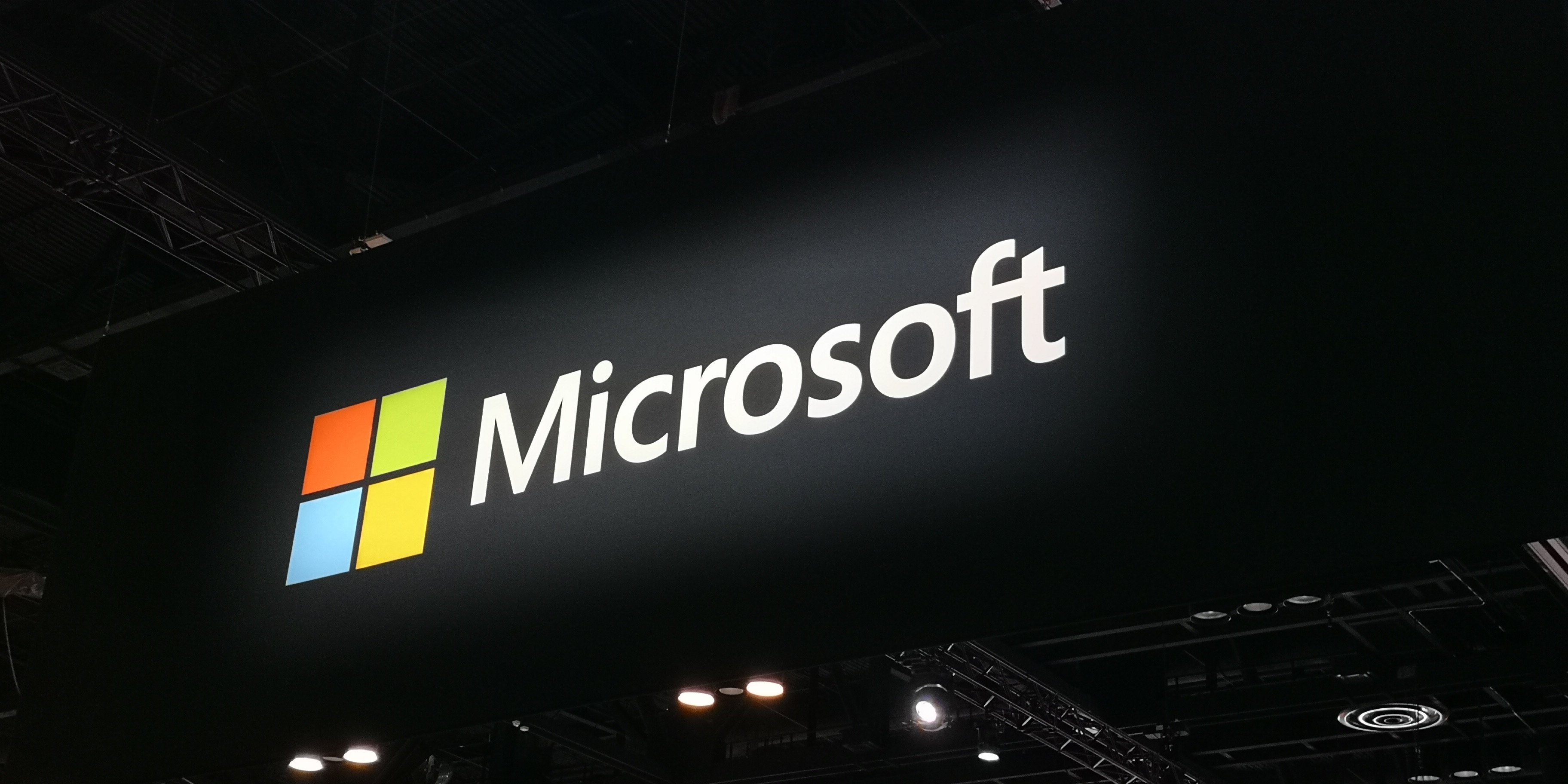

Microsoft has moved to make printing more secure with a new Windows Protected Print Mode (WPP) in what the company said is one of the biggest changes to the Windows Print stack in more than 20 years.
The move comes amid a period of continued threats to printers, with a recent report from Sharp revealing that printer-related security risks are still rife and that nearly one-fifth of firms have experienced a printer-related security breach.
The Windows print system has long been a target for attackers, as the Spooler requires high privileges and must load code from the network. Print bugs have been implicated in Stuxnet and Print Nightmare, and account for 9% of all Windows cases reported to MSRC, the firm said.
There's also an issue with driver compatibility, with some print drivers now incompatible with newer security mitigations, such as Control Flow Guard (CFG), Control Flow Enforcement Technology (CET), Arbitrary Code Guard (ACG), and others.
Microsoft has attempted to improve matters by encouraging users to switch to Internet Printing Protocol (IPP), when possible, and by recently ending servicing for the legacy v3 and v4 Windows printer drivers.
Windows Protected Print Mode: New improvements
Microsoft said WPP takes things further by blocking all third-party drivers altogether, while adding in a range of new security protections.
After analyzing past MSRC cases for Windows Print, it found that WPP mitigated over half of those vulnerabilities.
Sign up today and you will receive a free copy of our Future Focus 2025 report - the leading guidance on AI, cybersecurity and other IT challenges as per 700+ senior executives
"Moving away from driver-based printing offers many benefits to users and allows Microsoft to make many meaningful improvements to our print system," said Microsoft security engineer Johnathan Norman.
"The existing driver-based system, established decades ago, depends on many third parties and Microsoft all playing their role, which has proven to be too slow for modern threats."
With WPP, privileges for the Print Spooler service have been restricted to decrease the attack surface, with a new Spooler Worker process having a restricted token that removes many privileges such as SeTcbPrivilege and SeAssignPrimaryTokenPrivilege, and no longer running at SYSTEM IL.
While it does retain SeImpersonatePrivilege, Norman said the company plans to remove this when it can.
RELATED RESOURCE

Learn how to distinguish the difference between fact and fiction when it comes to preventing file-based threats
Control Flow Enforcement Technology hardware-based mitigation should help to mitigate Return Oriented Programming (ROP) based attacks, while child process creation will be blocked, preventing attackers from spawning a new process if they manage to get code execution in the Spooler.
Redirection Guard prevents many common path redirection attacks which often target the Print Spooler, while Arbitrary Code Guard prevents dynamic code generation within a process.
Point and Print will be prevented from installing third-party drivers, and WPP will make it clear to users when their traffic is encrypted and, when possible, encourage users to enable encryption.
Emma Woollacott is a freelance journalist writing for publications including the BBC, Private Eye, Forbes, Raconteur and specialist technology titles.
-
 Trump's AI executive order could leave US in a 'regulatory vacuum'
Trump's AI executive order could leave US in a 'regulatory vacuum'News Citing a "patchwork of 50 different regulatory regimes" and "ideological bias", President Trump wants rules to be set at a federal level
-
 TPUs: Google's home advantage
TPUs: Google's home advantageITPro Podcast How does TPU v7 stack up against Nvidia's latest chips – and can Google scale AI using only its own supply?
-
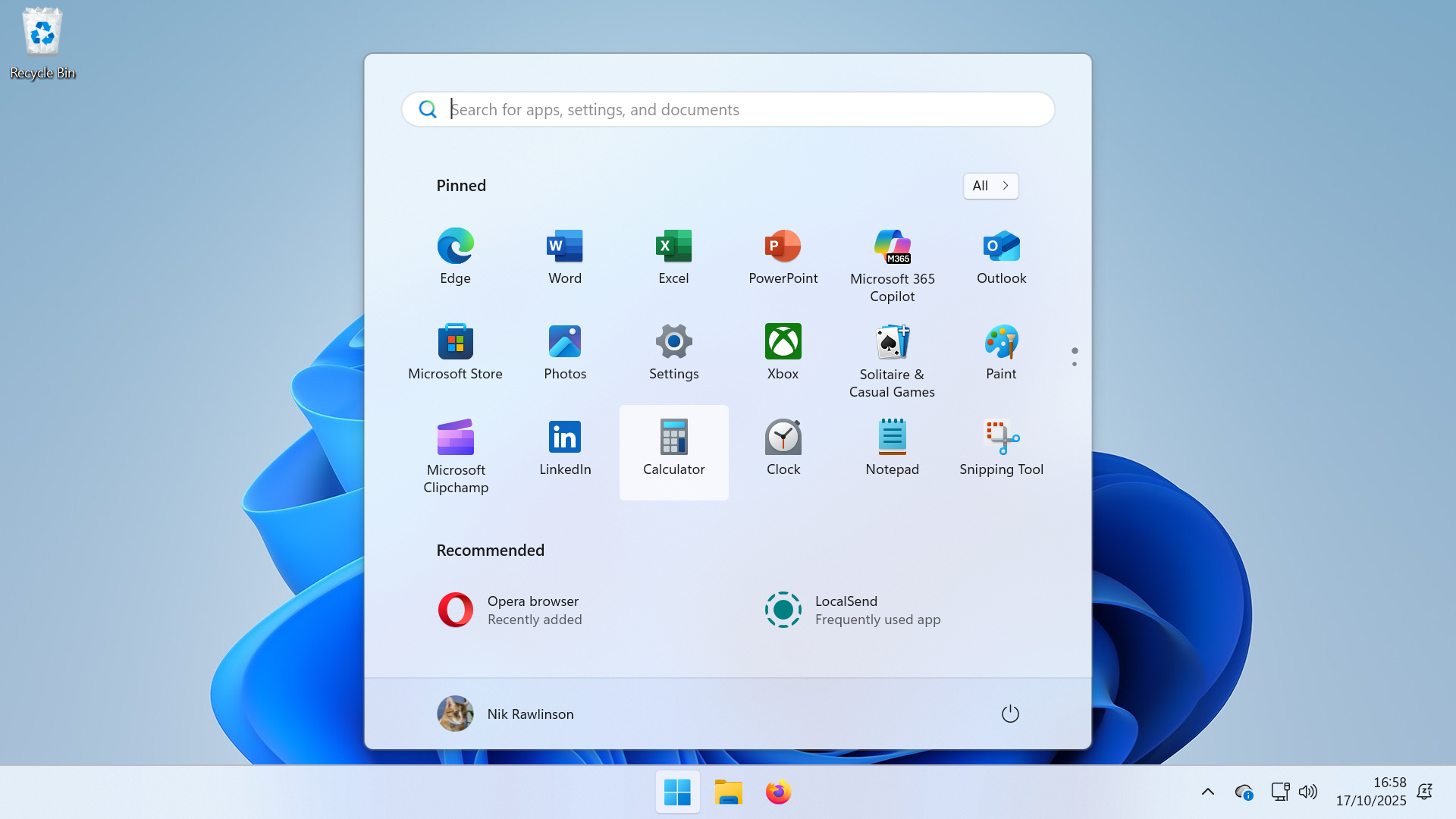 Windows 10 end of life has passed – here's your business guide to Windows 11
Windows 10 end of life has passed – here's your business guide to Windows 11In-depth As Windows 10's mainstream support ends, it's time for businesses who have yet to upgrade to take a second look at Windows 11
-
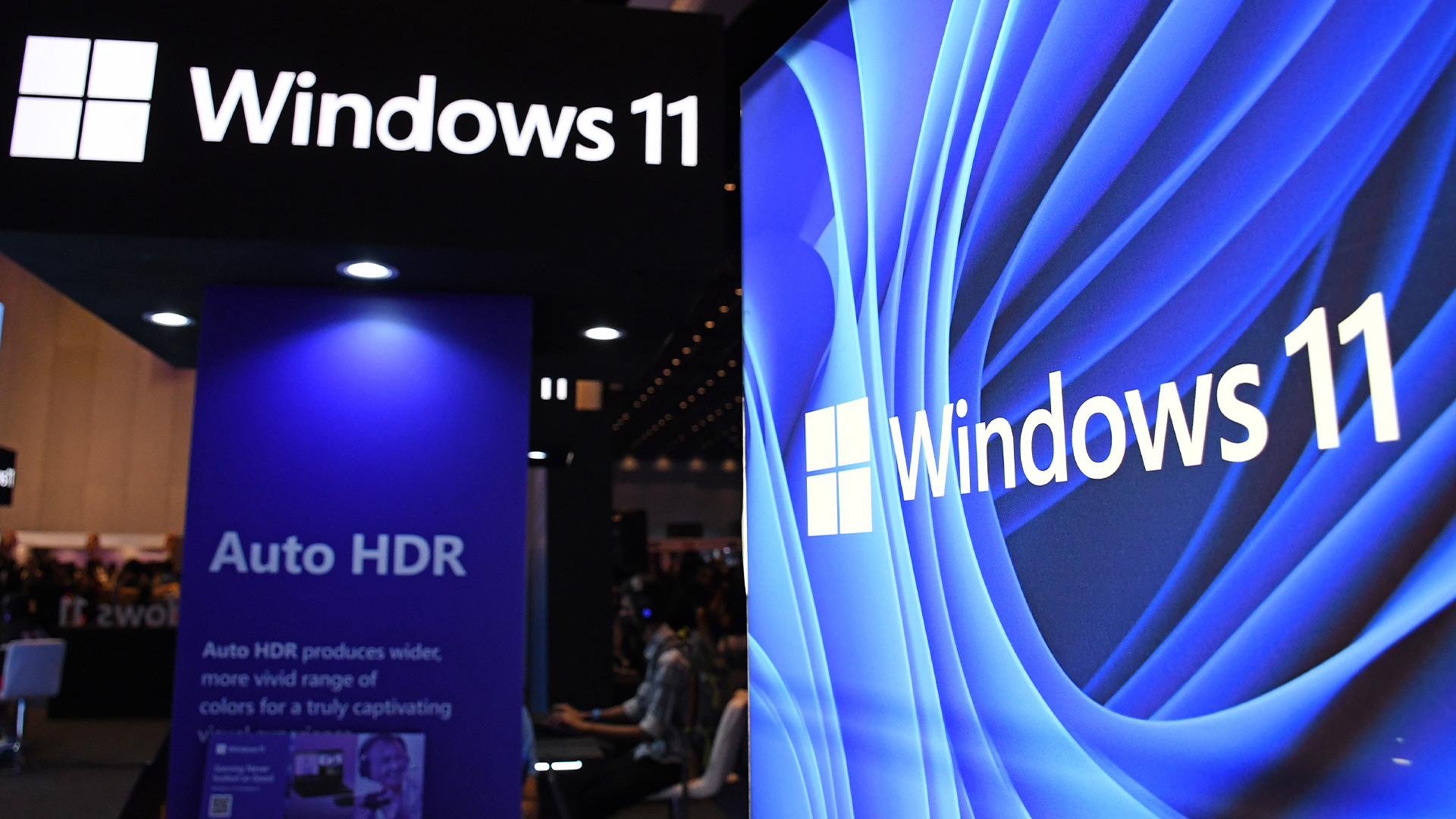 Microsoft issues fix for Windows 11 update that bricked mouse and keyboard controls in recovery environment – here's what you need to know
Microsoft issues fix for Windows 11 update that bricked mouse and keyboard controls in recovery environment – here's what you need to knowNews Yet another Windows 11 update has caused chaos for users
-
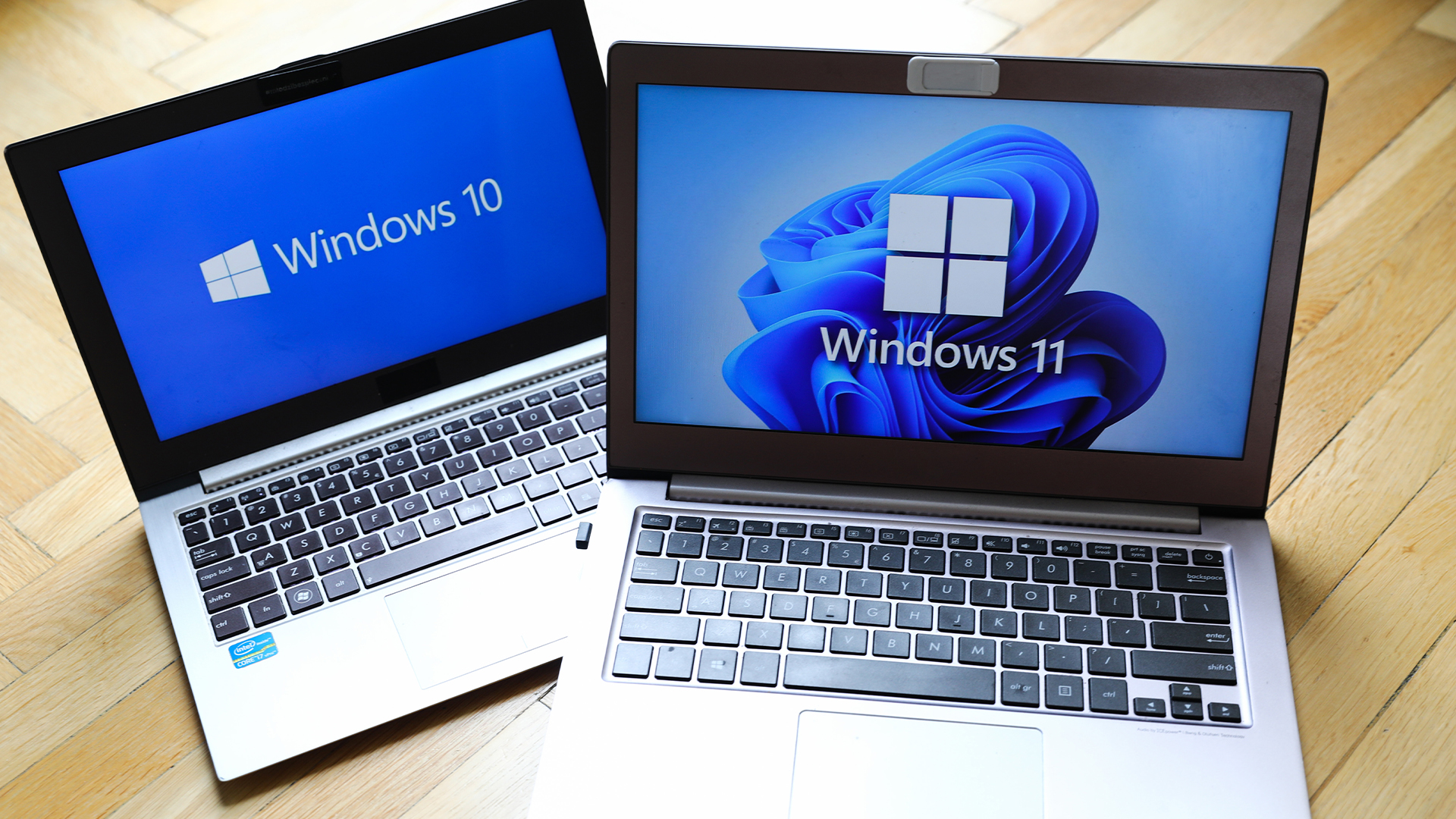 Windows 10 end of life could create a major e-waste problem
Windows 10 end of life could create a major e-waste problemNews The study marks the latest Windows 10 end of life e-waste warning
-
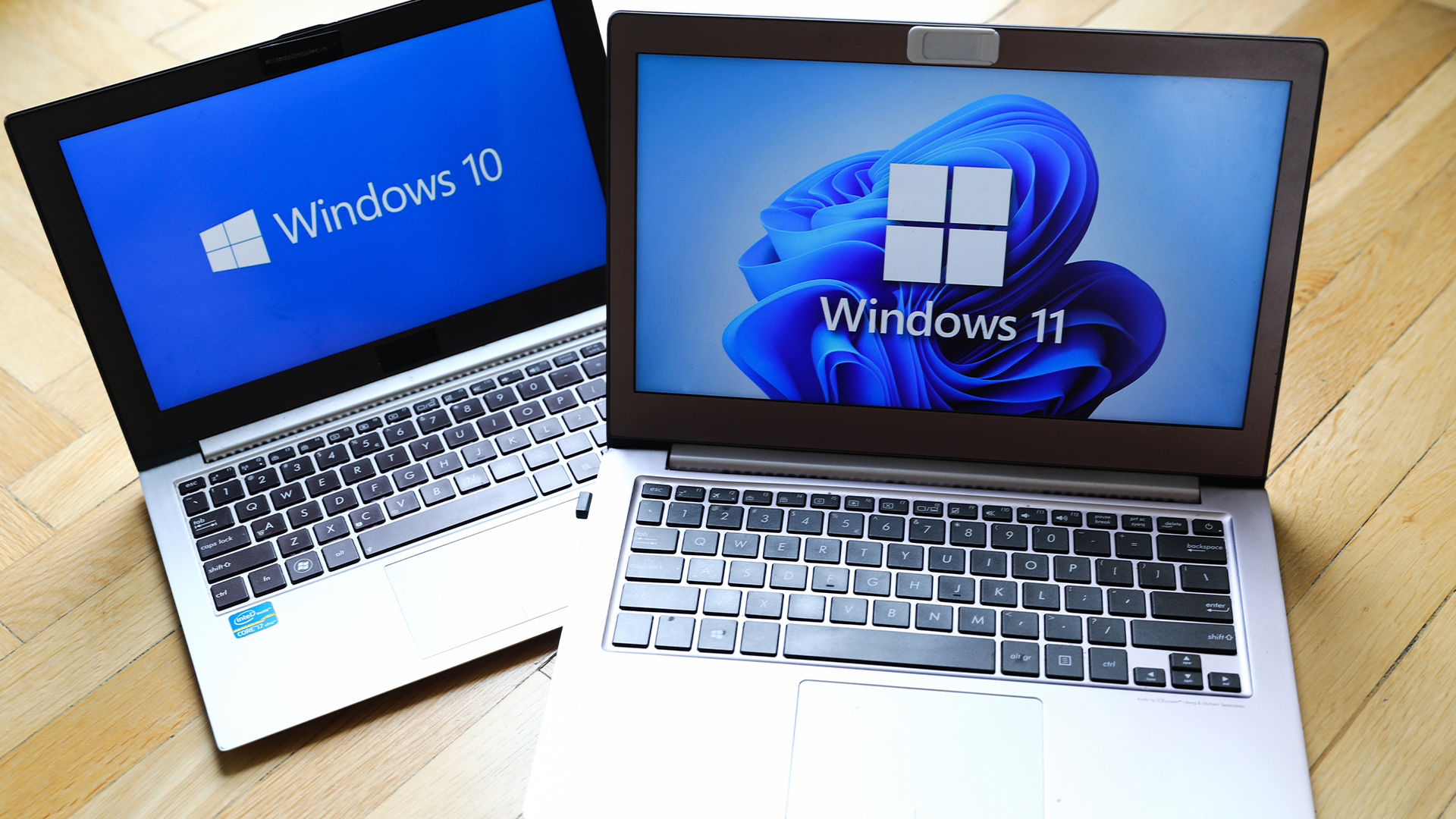 Windows 10 extended support costs could top $7 billion
Windows 10 extended support costs could top $7 billionNews Enterprises sticking with Windows 10 after the October deadline face huge costs
-
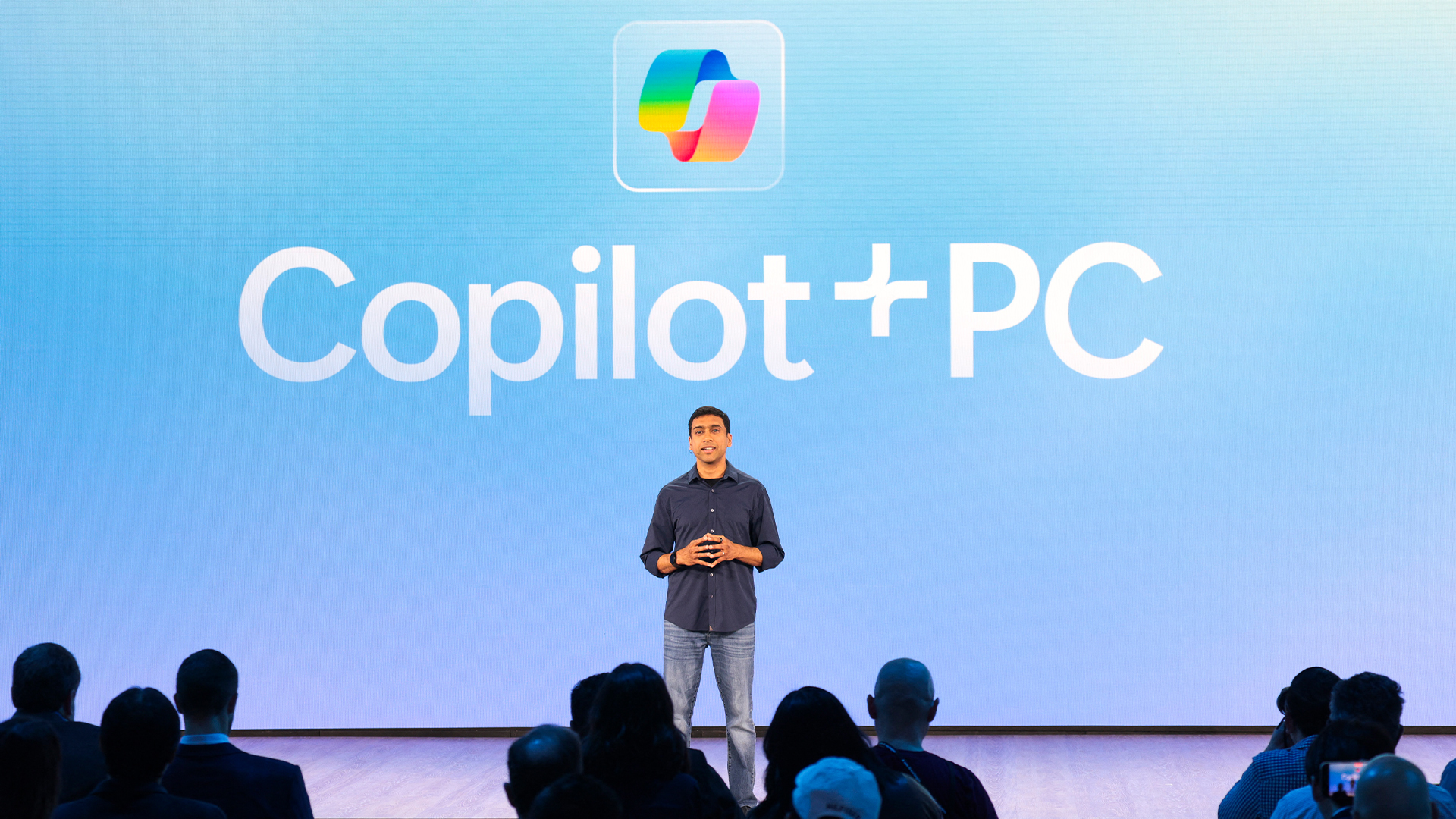 A senior Microsoft exec says future Windows versions will offer more interactive, ‘multimodal’ experiences
A senior Microsoft exec says future Windows versions will offer more interactive, ‘multimodal’ experiencesNews With speculation over a Windows 12 reveal mounting, a senior company figure claims the new operating system will mark a step change for users
-
 Microsoft’s botched August updates wiped SSDs, now it’s breaking PC resets and recoveries on Windows
Microsoft’s botched August updates wiped SSDs, now it’s breaking PC resets and recoveries on WindowsNews An out-of-band patch has been issued by Microsoft to fix a flaw introduced by its August update
-
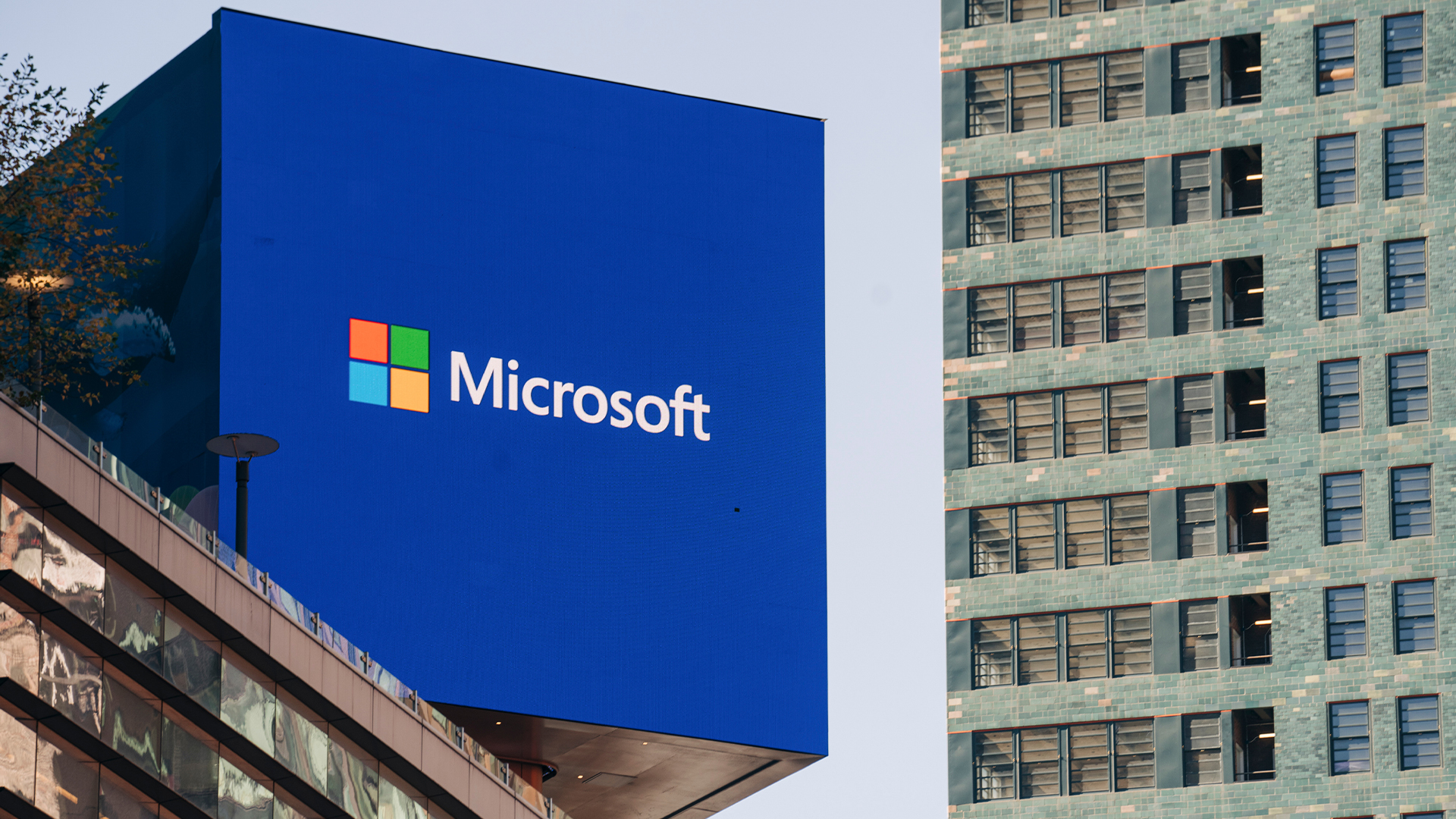 A Windows 11 update bug is breaking SSDs – here’s what you can do to prevent it
A Windows 11 update bug is breaking SSDs – here’s what you can do to prevent itNews Users first began reporting the Windows 11 update bug last week
-
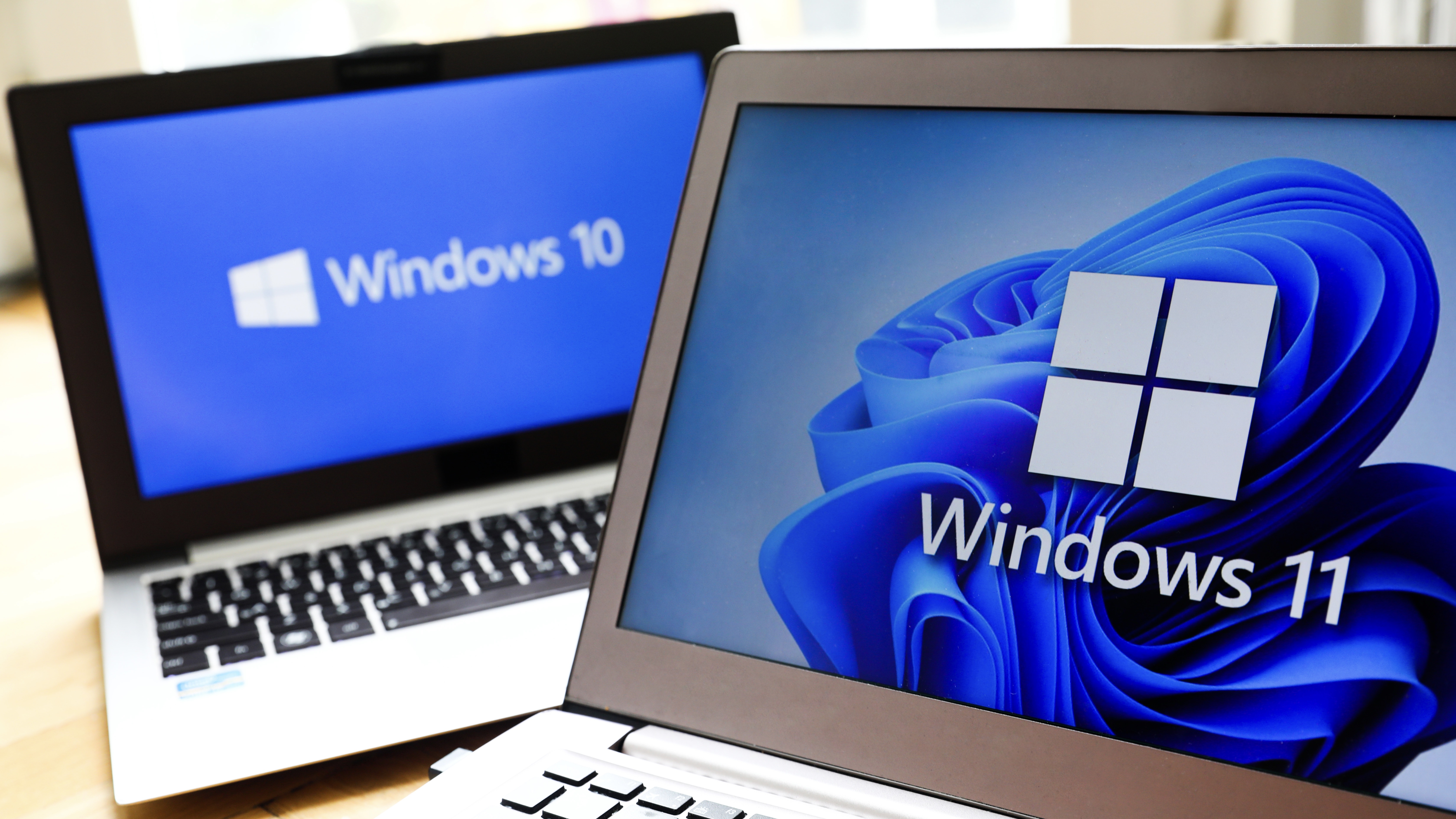 The Windows 11 migration conundrum: What role can the channel play?
The Windows 11 migration conundrum: What role can the channel play?Industry Insights Resellers are instrumental to making the right choice about the next steps...
